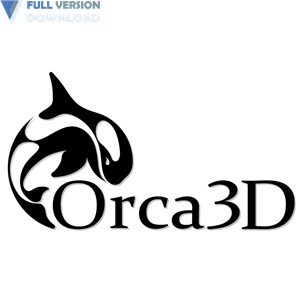

Rhinoceros is primarily a freeform surface modeler that utilizes the NURBS mathematical model. A visual scripting language add-on for Rhino, Grasshopper, is developed by Robert McNeel & Associates. Rhinoceros is developed for the Microsoft Windows operating system and macOS. jewelry design) as well as for multimedia and graphic design. automotive design, watercraft design), product design (e.g. Rhinoceros is used for computer-aided design (CAD), computer-aided manufacturing (CAM), rapid prototyping, 3D printing and reverse engineering in industries including architecture, industrial design (e.g. Rhinoceros geometry is based on the NURBS mathematical model, which focuses on producing mathematically precise representation of curves and freeform surfaces in computer graphics (as opposed to polygon mesh-based applications). Rhinoceros (typically abbreviated Rhino or Rhino3D) is a commercial 3D computer graphics and computer-aided design (CAD) application software developed by Robert McNeel & Associates, an American, privately held, employee-owned company founded in 1980. To update all block instances of a particular block in the file, you need to redefine the block definition./ December 8, 2020 13 months ago ( ) ģD computer graphics, Computer-aided design Use the Purge command to get rid of unused block definitions.

This can happen when all instances of a block have been deleted. If a block definition uses the layer, you cannot delete it. This is why you sometimes have trouble deleting layers. In both cases, there need not be any actual instances placed in the file for the block definition to exist in the file. The difference, of course, is that the definition refers back to the external file and can be updated as well as any instances that are placed if the external file is changed. What you see on screen is an instance of geometry. The block definition is sucked into the current file and saved with it. If you insert another 3dm file as a block instance, a similar thing happens. Existing block definitions available for inserting are on a drop down-list in the Insert dialog box. You can insert as many instances of this definition as needed with the Insert command. It saves the block definition (the geometry you selected to define the block) in the file. When you make a block in Rhino from geometry in the current file with the Block command, Rhino replaces the geometry you selected with a block instance.


 0 kommentar(er)
0 kommentar(er)
